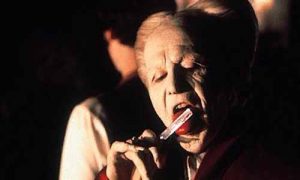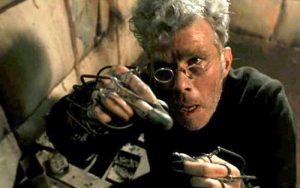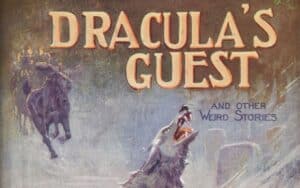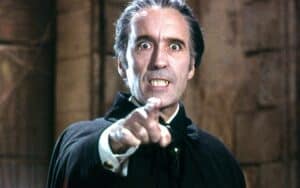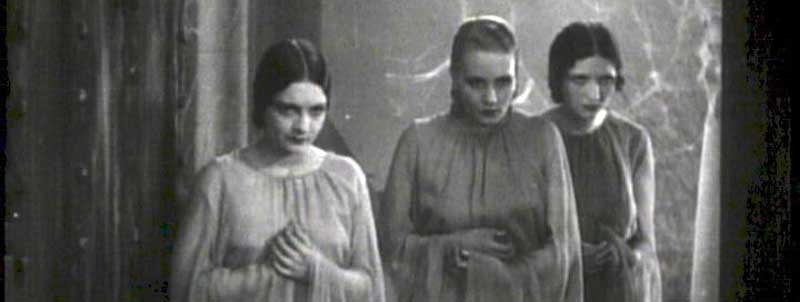
HOWARD JACKSON ponders the signifiance of the number three in Bram Stoker’s Dracula
Before football and mass media it was different.
Joseph Dietzgen was a working class autodidact.
In 1867, he invented the term dialectic materialism and the rest, as they say, is history.
Marxism found a revolutionary format and other autodidacts were tempted.
Progress towards utopia needed thesis, antithesis and then synthesis.
Karl Popper refuted Marxism but he retained the notion of knowledge as the consequence of a three way process of argument, counter argument and conclusion.
We live our lives according to a process contained with a single quite modest number.
The fanciful go further and note the similarity between the words ‘three’ and ‘free’ as if one, two and three symbolise the struggle that dominates all lives before the final step to freedom.
Well, Hegel and Marx had to start somewhere.
In ‘Dracula’, three female vampires attempt to seduce Jonathan Harker in the castle of Dracula and Lucy Westenra has three suitors.
In two key sexual scenes, the number three represents a surrender that contains defiance.
Lucy complains that she should have the freedom to take all suitors, and Harker insists on his desire for his three seducers.
That those who surrender are more defiant than those who conform perhaps explains why Stoker and Wilde were good friends.
This is classic end of the century decadence.
The narrative is also dominated by three locations – Transylvania, London and Whitby.
But Marxist critics argue that ‘Dracula’ is a reactionary novel against sexuality and independent women, although they admit that the practical and courageous Mina is not a typical 19th century heroine.
In her article, ‘A Wilde Desire Took Me – The Homoerotic History of Dracula’, Talia Schaffer claimed that the novel proved Stoker was a closeted gay.
He had a distant relationship with his wife, Florence Balcombe, but that could have been due to the circumstances of his theatrical career.
Rock stars, and Rod Stewart in particular, make the same excuses. The most loyal partner in ‘Dracula’ is, of course, Renfield.
He is addicted to his vampire master until the end.
True, he warns Mina but Renfield understands his nature and, like Oscar Wilde, he is obliged to suffer in his cell.
The numbers, though, are important.
Stoker reassures his reader with a happy ending for Harker, Mina and their son.
They fall short of a nuclear family and settle for three members.
Three is permissible in a relationship providing it includes children.
The Crew Of Light contains a core of three but their friendship is only exalted when they fight Dracula.
When sex unites them, as in the pursuit of Lucy, tragedy follows.
The unsuitability of one man sharing three women is made clear in the most powerful and erotic scene in horror fiction.
Men should avoid women in a group and vice versa.
The novel neither condemns nor approves of promiscuity between men.
We know that the male group is acceptable but would Stoker have tolerated sex between them?
Well, he was one of the few to visit Wilde in Paris.
HOWARD JACKSON is the author of Treat Me Nice Elvis, his music and the Frankenstein Creature. He is also one of the contributors to Frankenstein Galvanized which is edited by Claire Bazin. Treat Me Nice and Frankenstein Galvanized are published by Red Rattle Books, which can be followed on Twitter here.


